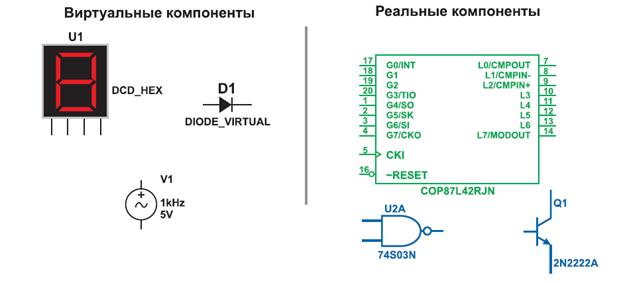UNIT ELEVEN
Task 1. Listen to the following words. Write them down in the alphabetical order. Transcribe them. Mark the stressed syllables in them. Practise reading them. Robbery Arson Life imprisonment Guilty Prosecutor Assassination Corporal punishment Assault Bigamy Blackmail Fine Bribery Juvenile delinquency On probation Accomplice Solitary confinement Corruption Burglary Flogging On parole Peddling Suspended sentence Caution Trafficking Espionage Drunken Forgery Assassin Kidnapper Hacker Forger Capital punishment Homicide Mugger Pickpocket Arsonist Speeding Trespassing Vandal Death penalty Villain Thief Raper Suspect Shoplifter Smuggling Acquit Custody Task 2. Read the words in Task 1. Write them in the right column according to the function they perform in speech. Practise their pronunciation and spelling.
Task 3. Look through the obligatory vocabulary on the topic “Weather”. Write down the words containing silent letters. Write the words in transcription. Practise reading them. Record your reading. Task 4. Choose the correct word given in transcription for the following pairs of sentences. Do it in writing. a) A. … are terrible. – Yes, the truth is better. B. … are terrible. – Awful bugs! 1) /laIs/ 2) /laIz/ b) A. I want to … money. B. Is your money … there? 1) /seIf/ 2) /seIv/ c) A. There's something in my …! – Call a doctor! B. There's something in my …! – Call a waiter. 1) /aIs/ 2) /aIz/ d) A. What … did they give? B. … me. 1) /Iks'kju:z/ 2) /Iks'kju:s/ e) A. Good … is worth gold. B. … you not to go. 1) /qd'vaIs/ 2) /qd'vaIz/ f) A. How long does the baby …? B. How many … does the baby have? 1) /ti:T/ 2) /ti:D/ g) A. I … you. B. “…” means “faith” 1) /bI'li:f/ 2) /bI'li:v/ h) A. Can you … it? B. Bring … tomorrow. 1) /pru:f/ 2) /pru:v/ i) A. What does “…” mean? — To capture. B. What does “…” mean? — To stop. 1) /si:s/ 2) /si:z/ j) A. How did you like the …? — They were great! B. How did you like the …? — It was beautiful! 1) /pleIs/ 2) /pleIz/ k) A. Isn't this a good …? – Yes, did you win it? B. Isn't this a good …? – Yes, it's really cheap. 1) /praIs/ 2) /praIz/ l) A. What does “…” mean? – An unmarried woman. B. What does “…” mean? – A woman. 1) /mIs/ 2) /mIz/ Task 5. Listen to the following dialogues and exercises. Write them down. Lay stresses and tone marks. Concentrate on the intonation of utterances containing the words too, either, only, just and even, give their graphical presentation, establish the set of intonational means intensifying their meaning. Specify the role of the words mentioned above in the dialogues. Practise reading the dialogues imitating the speakers’ intonation. Thompson p. 95-100. Task 6. Read the text given below. Make sure you understand what it is about. Divide each sentence into syntagms, lay stresses and tone marks, practise your reading technique. Record your reading. Language is an instrument of society, used for purposes of social cooperation and social intercourse. It must of its nature be tightly linked at many points to the structure of the community in which it operates, and it must therefore be capable to some extent at least of serving as an index of groups and attitudes within that community. So far as pronunciation is concerned, we are aware that it characterizes geographical areas in the form of regional accents and perhaps classes within those areas by modification of the accent, but we really have very little knowledge about even these apparently obvious connections and no general theory to enable us to give a coherent account of the relation between differences of pronunciation and differences of social grouping and social attitudes. [O’Connor:299]
|




